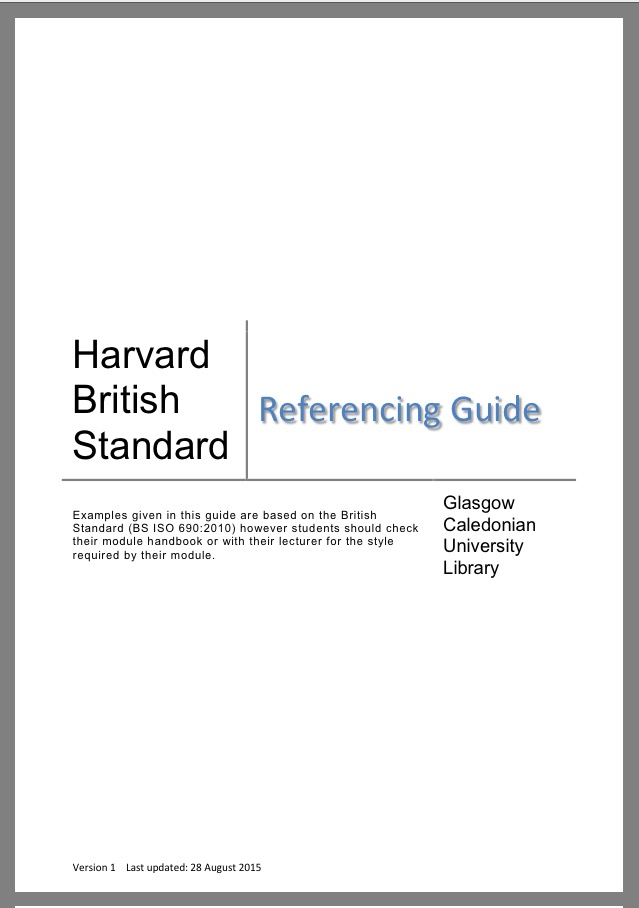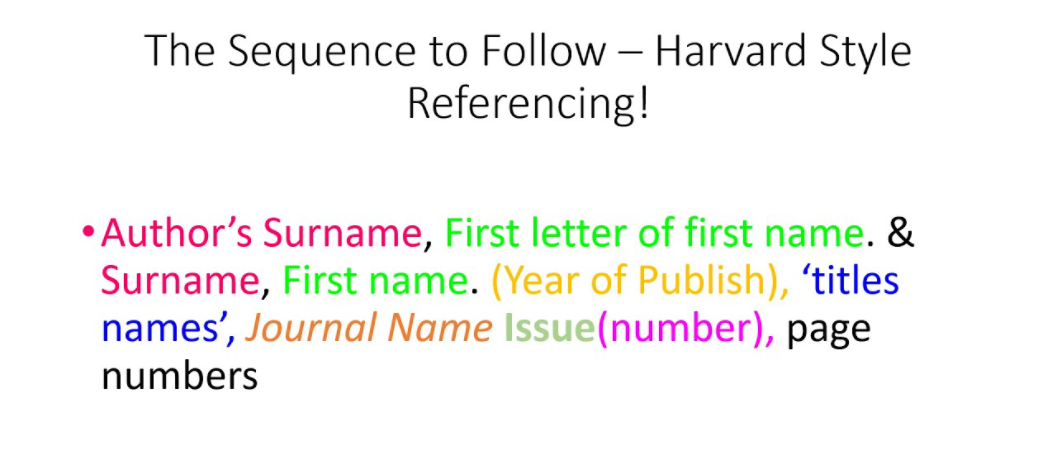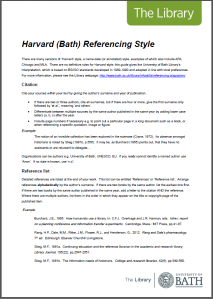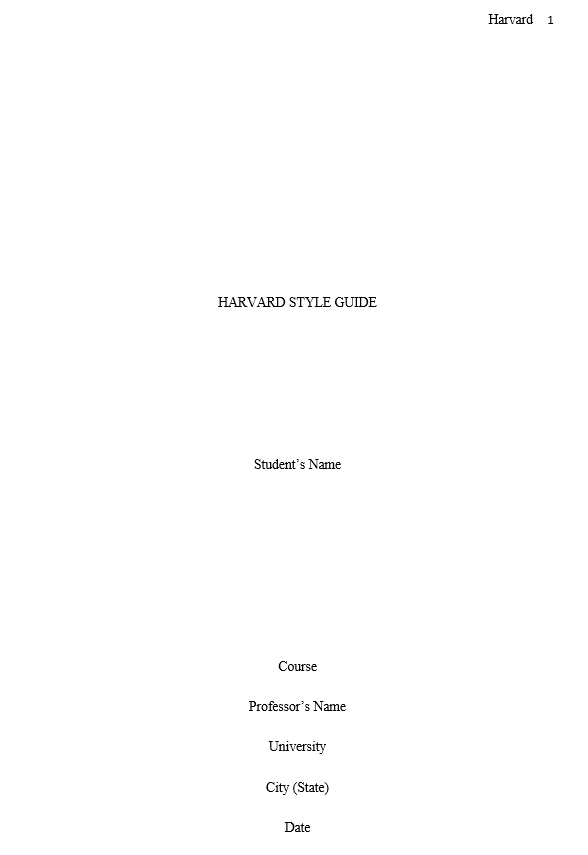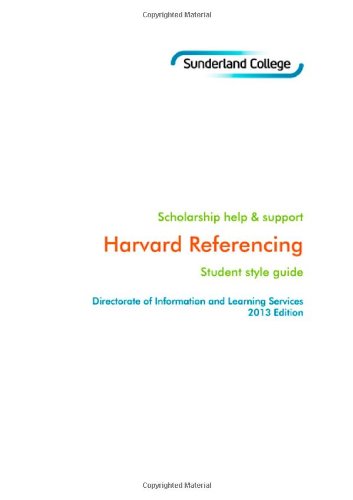The Harvard style guide is a widely used citation style for academic writing. It is used primarily in the social sciences, but is also used in other disciplines, including business, economics, and the natural sciences.
The Harvard style is based on the author-date system, which means that in-text citations include the author's last name and the year of publication. These citations correspond to a list of references at the end of the document, which provides full bibliographic information for each source.
In the Harvard style, the reference list is arranged alphabetically by author's last name. If the same author has multiple works, they are listed in chronological order, with the earliest work listed first. If there is more than one work by the same author in the same year, they are distinguished by adding a letter after the year (e.g., "Smith, 2020a" and "Smith, 2020b").
In-text citations in the Harvard style are typically placed in parentheses, with the author's last name, the year of publication, and the page number (if applicable) separated by commas. For example: "According to Smith (2020), the Harvard style is widely used in academia" or "The Harvard style is widely used in academia (Smith, 2020)."
The reference list at the end of the document is organized in a specific format, depending on the type of source being cited. For example, the format for a book would include the author's name, the title of the book, the place of publication, and the publisher. The format for a journal article would include the author's name, the title of the article, the title of the journal, the volume and issue number, and the page numbers.
There are many variations of the Harvard style, and different universities and departments may have their own preferred version. It is important to check with your instructor or department for guidance on which version of the Harvard style to use.
Overall, the Harvard style is a widely recognized and respected citation style that is used to acknowledge the work of others and to provide clear and concise references for readers. By following the guidelines outlined in the Harvard style guide, writers can ensure that their work is properly cited and that their sources are accurately represented.
